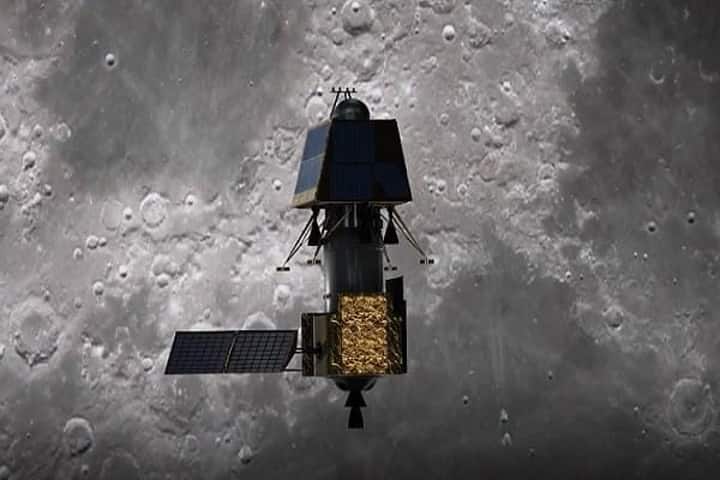The stage is set for the Chandrayaan-3 spacecraft’s Vikram lander to separate from the main propulsion module today to enter the final phase of landing on the Moon.
Chandrayaan-3 completed its fifth and final moon-bound manoeuvre, bringing it closer to the lunar surface on Wednesday. The lander and rover, Pragyaan, are scheduled to land on the Moon on August 23.
Chandrayaan-3 Mission :
Separation of the Lander Module from the Propulsion Module is planned for tomorrow 17 August 2023.#ISRO #Chandrayaan3 #INDIA #isro #Space #Moonmission #lander #moon pic.twitter.com/4Fk8e7fPxG— Vijesh Kumawat (@Real_Vijesh) August 16, 2023
“Today’s successful firing, needed for a short duration, has put Chandrayaan-3 into an orbit of 153 km x 163 km, as intended. With this, the lunar-bound maneuvers are completed. It’s time for preparations as the Propulsion Module and the Lander Module gear up for their separate journeys,” ISRO said in a post on X (formerly Twitter).
After separation from the Propulsion Module, the lander is expected to undergo a “deboost”, which is a process of slowing down, to place it in an orbit, where the Perilune (closest point to the Moon) is 30 kilometres and Apolune (farthest point from the Moon) is 100 km, from where the soft landing on the south polar region of the Moon will be attempted on August 23.
According to ISRO Chairman S Somanath, the most critical part of the landing is the process of bringing the velocity of the lander from 30 km height to the final landing and the spacecraft has to change from a horizontal to vertical direction.
The success of Chandryaaan-3 will make India only the fourth nation after the USA, Russia and China to land a spacecraft on the lunar surface.
The spacecraft will have covered a journey of 300,000 km before its scheduled landing on the moon on August 23-24 with potential adjustments depending on the sunrise over the moon. If necessary, ISRO will reschedule the landing for September.
Upon landing, it will explore the surface of the moon with the scientific instruments on board for one lunar day, which is approximately 14 Earth days.




















